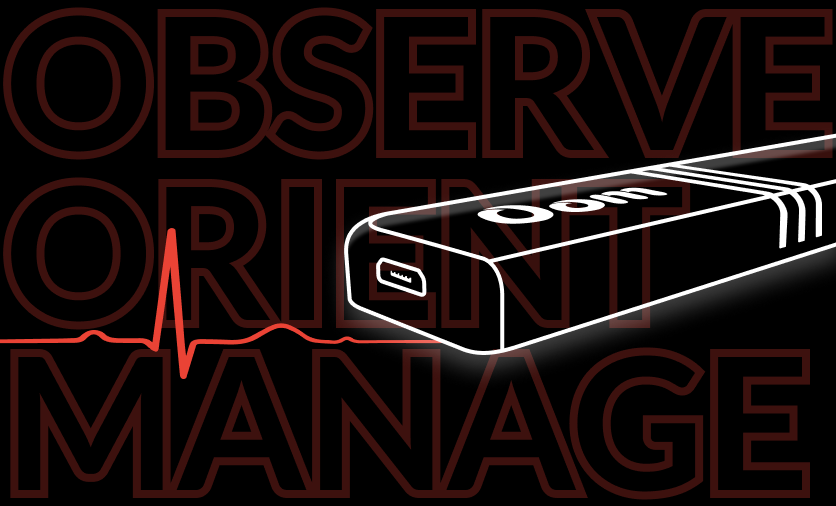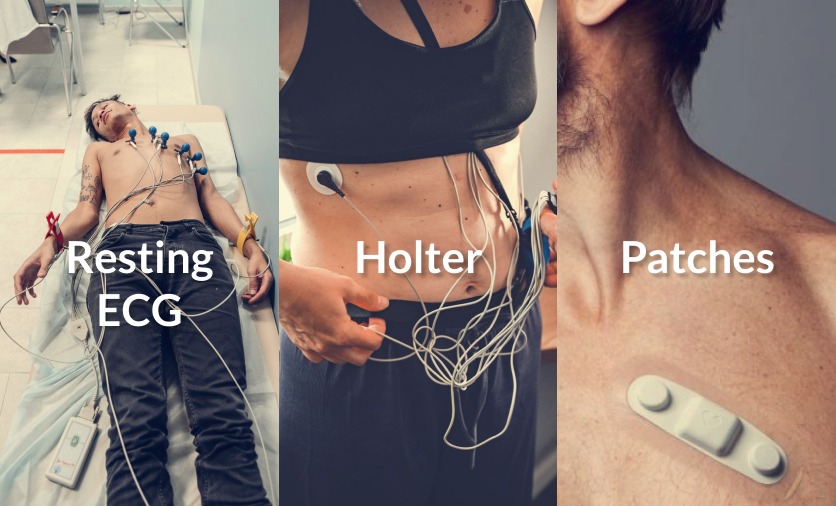Observing, Orienting, and Managing Patients with Telemetry and Live ECG Monitoring
Telemetry and live ECG monitoring have transformed cardiac care, enabling real-time observation, patient orientation, and proactive management. Unlike traditional Holter monitors that only record data for later review, live monitoring provides immediate insights, improving patient safety and clinical outcomes.

Observing the Patient: Continuous Risk Assessment
- Live telemetry allows 24/7 tracking of heart rhythms, detecting abnormalities like atrial fibrillation (AF), ventricular tachycardia (VT), and ST-segment changes in real time.
- Early warning systems notify healthcare providers about critical arrhythmias, ischemic events, or conduction blocks, reducing response time.
- Continuous observation helps identify triggers for cardiac events—like exertion, stress, or sleep disturbances—allowing personalized intervention strategies.
Orienting the Patient: Educating and Engaging for Better Outcomes
- Many patients struggle to understand their heart condition and the importance of monitoring. Live ECG telemetry provides real-time insights, helping patients become more aware of their heart health.
- Alerts for abnormal heart rates, skipped beats, or sudden changes help patients recognize symptoms early.
- Guided feedback systems can suggest immediate actions, such as resting, hydration, or contacting a physician, preventing escalation of minor symptoms into severe complications.
- Telemetry enhances remote patient engagement, reducing anxiety and improving compliance with treatment.
Managing the Patient: Proactive Intervention & Personalized Treatment
- Real-time data allows doctors to adjust medications dynamically, fine-tuning beta-blockers, anticoagulants, or antiarrhythmic drugs based on ECG trends.
- Immediate detection of life-threatening arrhythmias (e.g., VT, ventricular fibrillation) enables timely defibrillation or hospital admission, preventing cardiac arrest.
- Post-procedure monitoring (e.g., after an ablation, pacemaker implantation, or bypass surgery) ensures early identification of complications and reduces readmissions.
- AI-powered alerts in telemetry systems help stratify patients based on risk, ensuring urgent cases receive priority intervention.
Conclusion
Observing, orienting, and managing patients with telemetry-driven ECG monitoring improves clinical decision-making, enhances patient engagement, and prevents cardiac emergencies. As the future of cardiac care shifts towards real-time, AI-driven monitoring, telemetry is not just a tool—it’s a lifeline for proactive and personalized cardiac care.

 +91 70694 03000
+91 70694 03000 sales@projectkmt.com
sales@projectkmt.com






